Novartis faces vexing decisions over asset sales

With 123,000 employees, almost $50bn in annual sales and a $200bn-plus market capitalisation, the status of Novartis as a leading Big Pharma company is beyond doubt.
Yet management, staff and shareholders know that the past five years have been a struggle. Now, critical choices about asset disposals and investments are looming for the Switzerland-based group.
How it makes them will define the place of Joseph Jimenez, chief executive since 2010, in corporate pharmaceutical history.
Some of Mr Jimenez’s decisions ought to be easier than others.

More
Financial Times
External linkShould Novartis sell its 36.5 per cent share in a consumer health joint venture with GlaxoSmithKline, the UK drugmaker? Many shareholders think so. Novartis has the option to compel GSK to buy its stake this coming March. A sale might raise $10bn.
Novartis is undoubtedly examining the ways in which it might put such a tidy sum to use. Acquisitions to fill holes in its pharma portfolio, or to expand its generics business, would do the trick. If such opportunities open up, then it will make more sense to sell than to stay hooked up with GSK, even though the joint venture is doing well and growing in value.
Should Mr Jimenez sell Novartis’s shareholding in Roche, its Swiss rival, potentially raising another $14bn? Again, the answer is, in principle, yes.
Novartis amassed the stake, amounting to 6 per cent of Roche’s shares but a third of the voting stock, between 2001 and 2003. The idea was to prepare the ground for a full merger, but that did not happen. These days it is perfectly clear that it never will.
Alcon headache
The most vexing issue is what to do with Alcon, the eyecare division for which Novartis paid Nestlé $51.6bn in 2010. Like the Roche stake, the Alcon purchase was a throw of the dice for which Mr Jimenez bears no responsibility. Rather, it is part of the mixed legacy of Daniel Vasella, the former Novartis patriarch who founded the company in 1996 by merging Ciba-Geigy with Sandoz.
When Novartis reported its second-quarter results on July 18, it offered some rare good news about Alcon, predicting that the division would record a modest increase in full-year 2017 revenue.
Yet Alcon has fallen well short of the high hopes placed on it seven years ago.
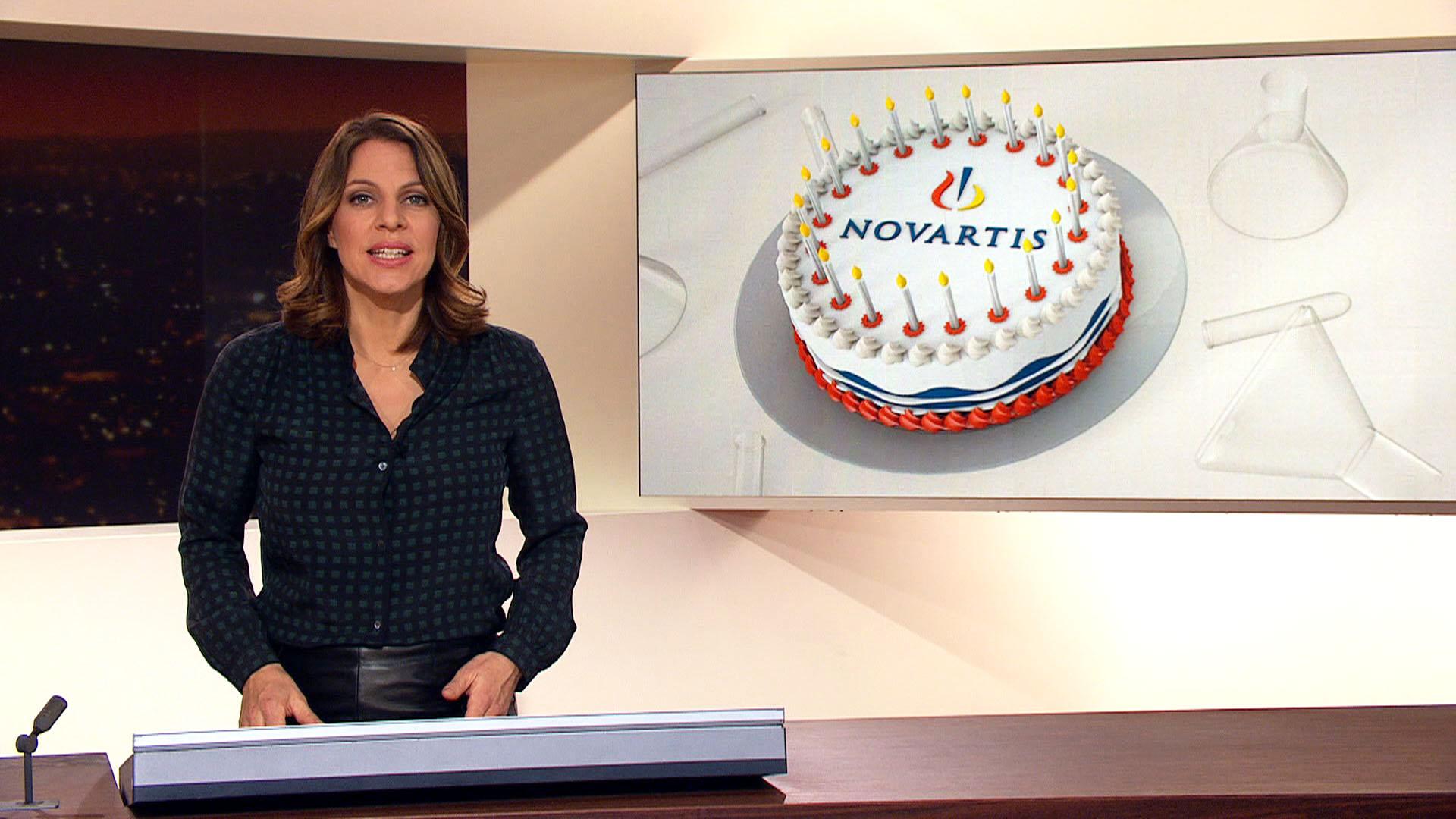
More
Novartis: The making of a pharma giant
If Daimler’s acquisition of Chrysler in 1998, followed by its sale at a vast loss in 2007, was the worst ever deal in the car industry, then Novartis’s purchase of Alcon is arguably its nearest equivalent in the pharmaceutical sector.
Alcon’s difficulties are by no means the only factor in Novartis’s underperformance, as measured by net sales and operating profit. Also important are the expiry of the company’s patents for blockbuster drugs and intense price pressures in the US market.
The financial costs and disruption to Novartis stemming from various legal tangles in Russia and South Korea have not helped, either.
Still, Alcon is the problem that sticks out. Novartis executives speak bravely about a business that has turned the corner and, after a few more profitable quarters, will be ready for a sale, spin-off or initial public offering.
However, most estimates of Alcon’s value range from $25bn-$35bn. Even at the top end, that could represent a staggering loss on the sum Novartis splashed out in 2010.
The Alcon business up for review does not include the ophthalmic pharmaceuticals division that was moved into another part of the Novartis business in 2016, and which generated around $5bn in annual sales
Windfall
However, this is less of a concern than what Novartis would do with the money it would receive if it were to dispose of Alcon, its Roche stake and its share of the GSK-led joint venture.
All told, Mr Jimenez might have $50bn-$60bn to play with. The last thing investors want to see is another Alcon-type purchase whose value melts like a Swiss glacier.
They can comfort themselves that Mr Jimenez is not Mr Vasella. Novartis has no need for one “transformational transaction” in the near future, Mr Jimenez says. Carefully targeted, less expensive acquisitions are more likely.
Besides that, investors should keep in mind that Novartis has one of the industry’s finest reputations for scientific research. As of December 2016, it had more than 200 projects in clinical development. One particularly promising drug, used for treating leukaemia in children and known as CTL019, is moving closer to the market.
Such breakthroughs require a generous budget. If Novartis sells Alcon or other businesses, it will surely invest some of the proceeds in research — and investors should welcome that.
Copyright The Financial Times Limited 2017

In compliance with the JTI standards
More: SWI swissinfo.ch certified by the Journalism Trust Initiative




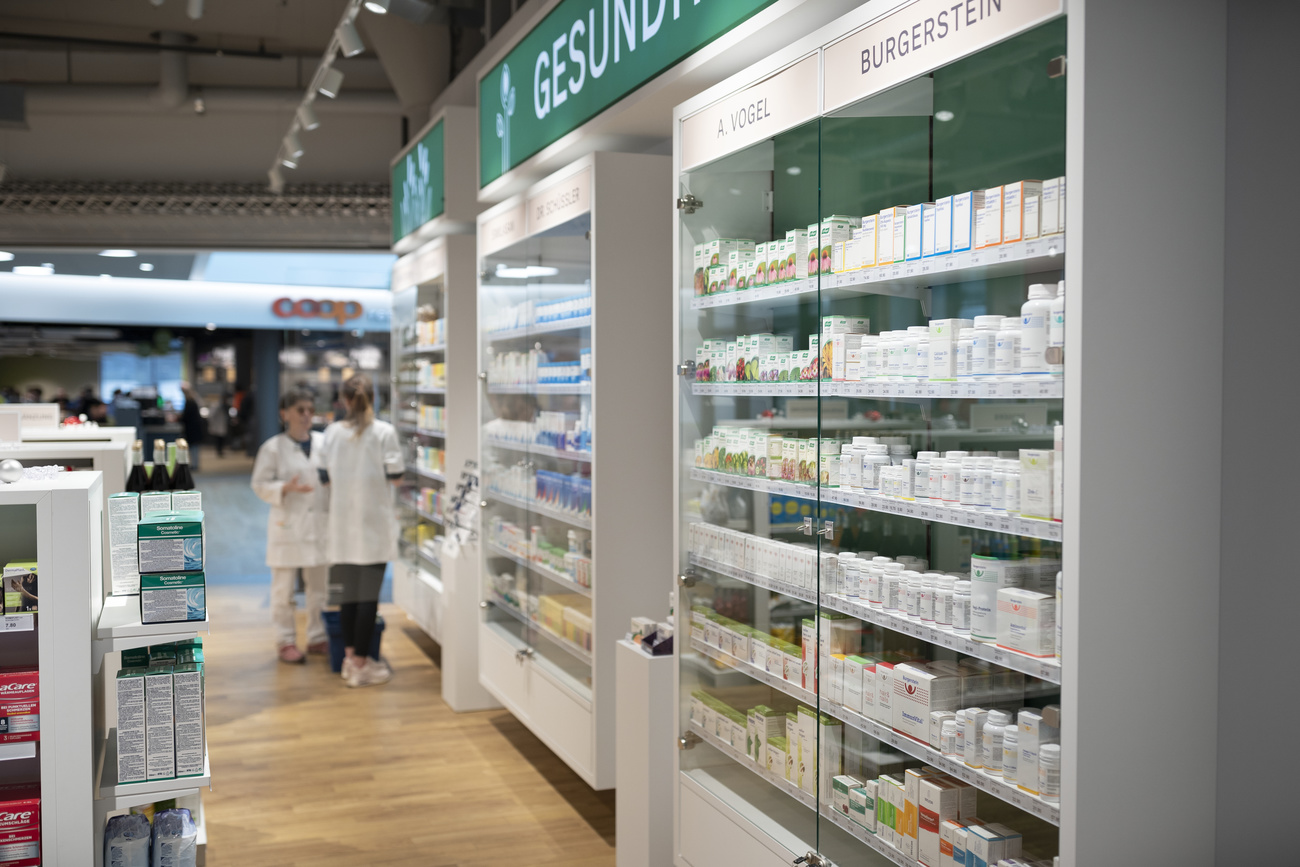



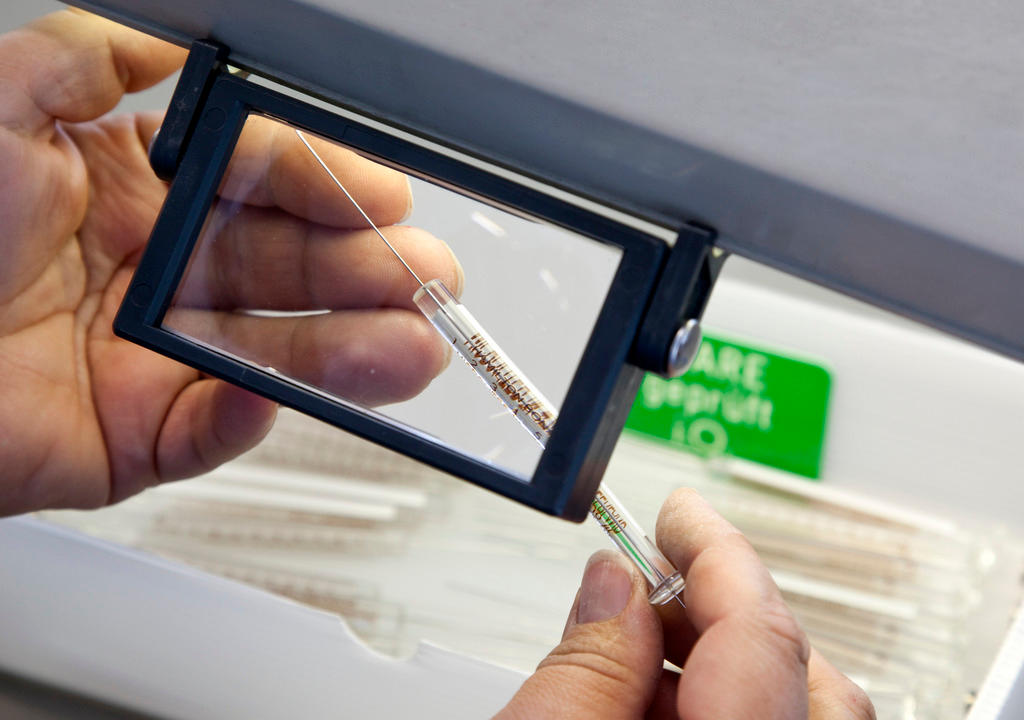
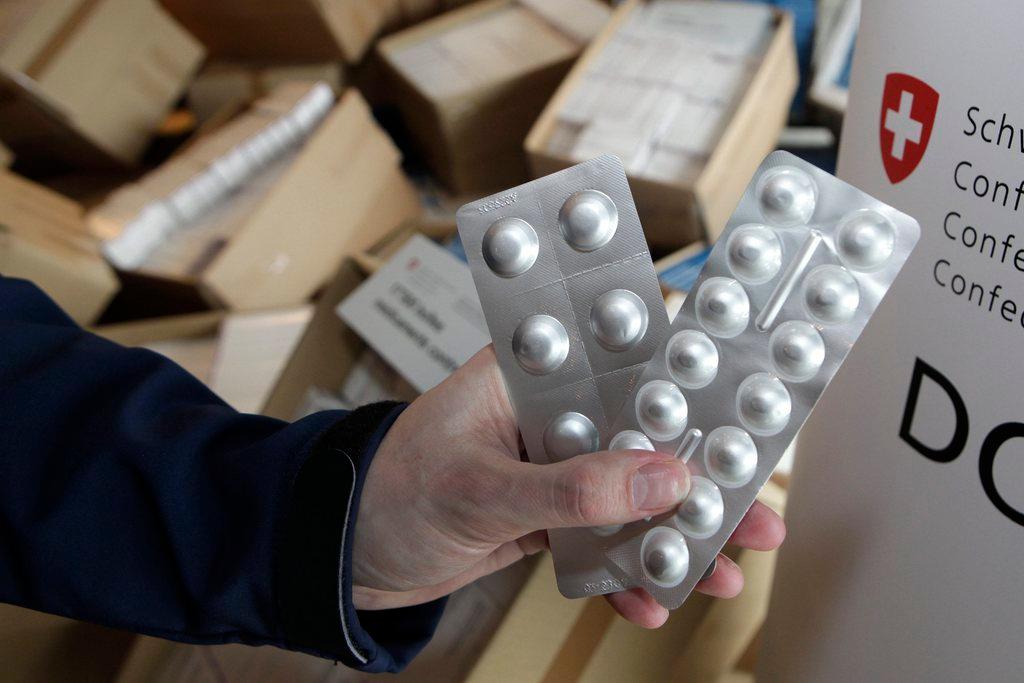
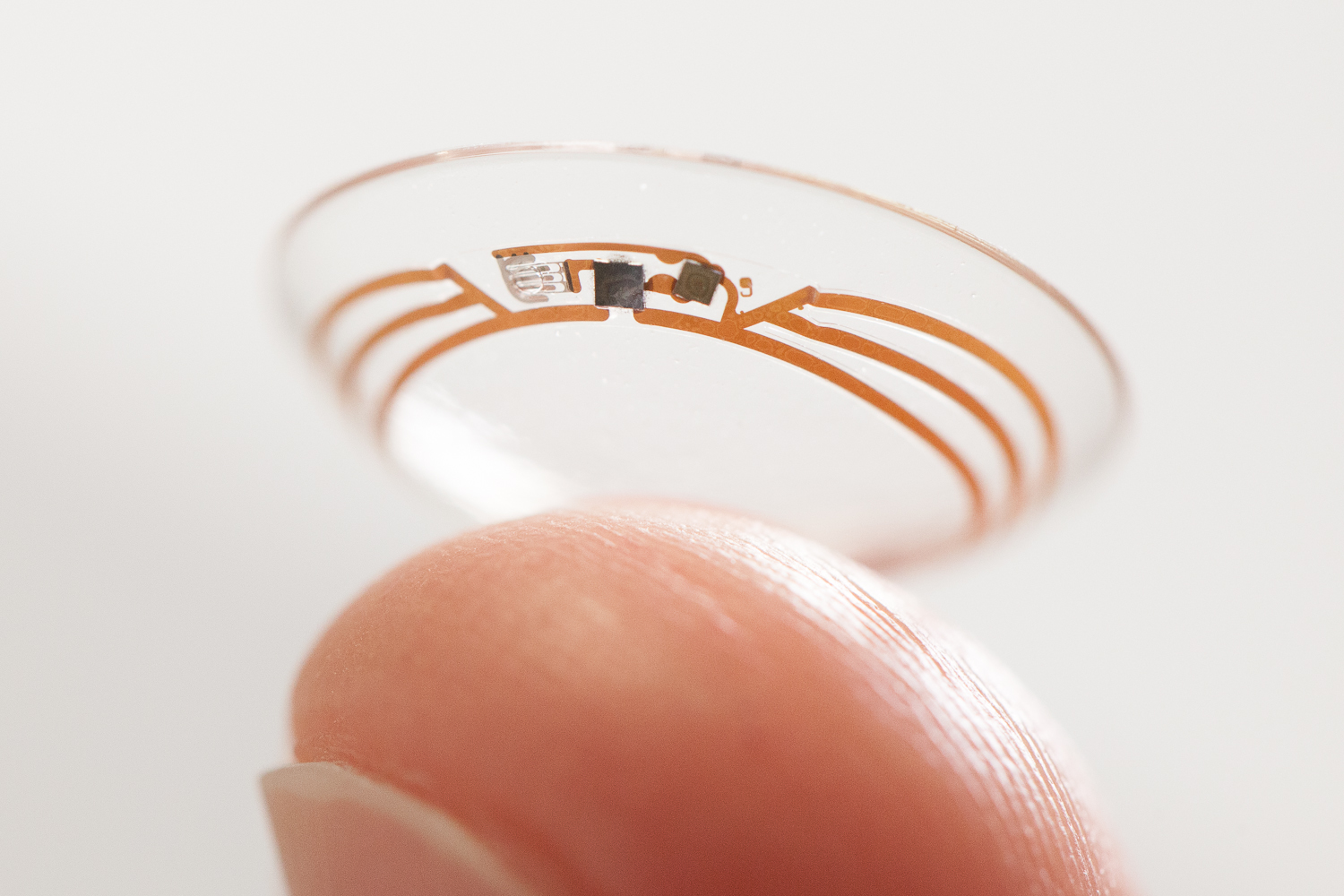
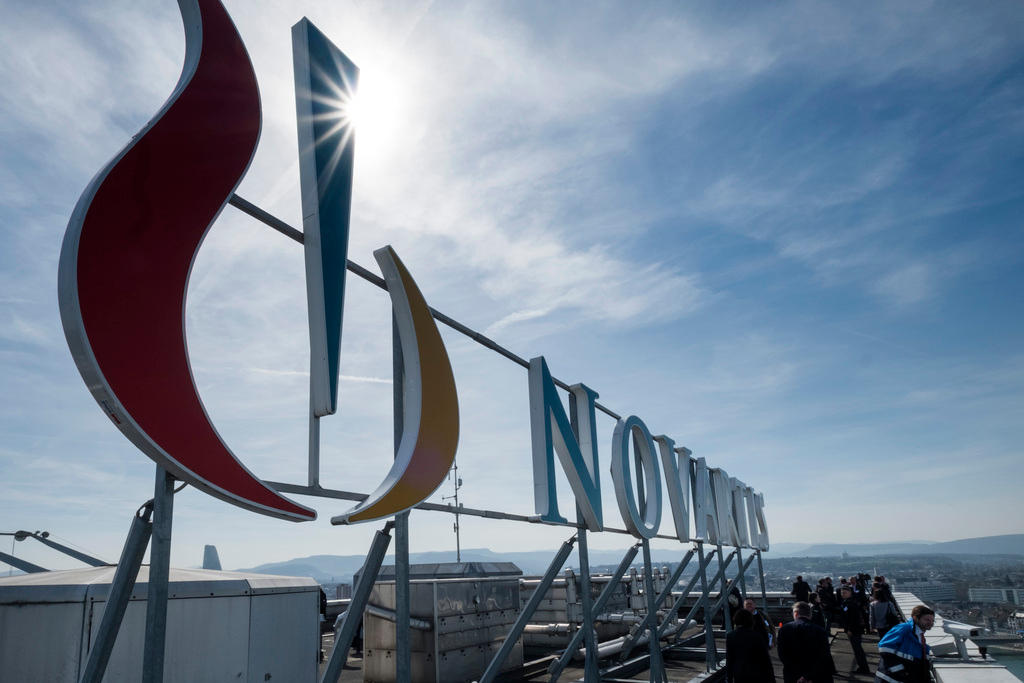
You can find an overview of ongoing debates with our journalists here . Please join us!
If you want to start a conversation about a topic raised in this article or want to report factual errors, email us at english@swissinfo.ch.